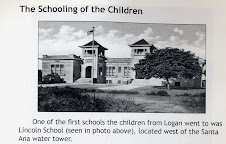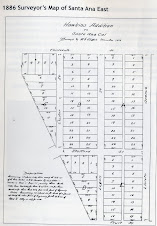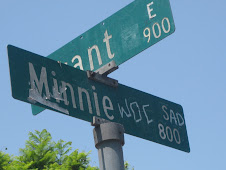

Santa Ana is Orange County’s undisputed capital of homelessness, with the highest per capita homeless population of any city in Southern California. It may come as a surprise to learn that the fastest-growing demographic group within the homeless population is the family. That’s because in Orange County, unlike many neighboring counties, the chief cause of homelessness is neither mental illness nor drug abuse. It’s the extremely high cost of housing. The 2008 Community Indicators Report shows that the average wage required to rent a one-bedroom apartment in Orange County has risen to approximately $25.57/hour –yet the minimum hourly wage is just $8.00.
Logan People Data (zillow.com)
| Logan | Santa Ana | National | |
|---|---|---|---|
| Median Household Income: | $27,880 | $43,412 | $44,512 |
| Single Males: | 20.8% | 20.1% | 14.6% |
| Single Females: | 12.4% | 14.4% | 12.5% |
| Median Age: | 25 | 28 | 36 |
| Homes With Kids: | 65.0% | 53.2% | 31.4% |
| Average Household Size: | 4.84 | 4.55 | 2.589 |
| Average Commute Time (Minutes): | 32.881 | 28.476 | 26.376 |
http://www.zillow.com/local-info/CA-Santa-Ana/Logan-people/r_274343

In the Logan neighborhood, there’s currently little to indicate a homeless population. But a peek under the surface reveals that the drivers of homelessness are already in place. In a neighborhood where close to 50% of the population are renters and the average household size is almost double the county average -- yet household incomes are only a third – it’s not hard to see that a large portion of the community is at risk.
A city with a plan
In the Logan neighborhood and the surrounding areas, the writing’s on the wall. Ev
 idence of the city removing homes from the market, the demolishing of housing stock, and a prevalence of vacant lots combine to reveal a city poised to decrease the availability of housing units, thereby stimulating an increase in housing prices. Walking through the neighborhood, we came across representatives of a company called J &B Demolition. They were in the process of inspecting properties prior to submitting a contract bid to the city for the destruction of 11 homes. After demolition, these properties are to be left as vacant lots.
idence of the city removing homes from the market, the demolishing of housing stock, and a prevalence of vacant lots combine to reveal a city poised to decrease the availability of housing units, thereby stimulating an increase in housing prices. Walking through the neighborhood, we came across representatives of a company called J &B Demolition. They were in the process of inspecting properties prior to submitting a contract bid to the city for the destruction of 11 homes. After demolition, these properties are to be left as vacant lots.While Logan community leaders and advocates work together to get a few affordable homes built in the neighborhood, the rate of construction can’t hope to keep up with that of demolition.
Foreclosures on the rise
Foreclosures in the area are also showing an alarming increase, now approximately 1 in 89 units. Foreclosures leave more homes vacant, often to be vandalized. At the last census, the city had over 1,500 vacant homes.
The train is coming

All these factors contribute to the average household size of 4.8 persons, reducing the quality of life for families, contributing to economic hardship, and ultimately leading to increasing homelessness as families struggle to find affordable, adequate housing
















